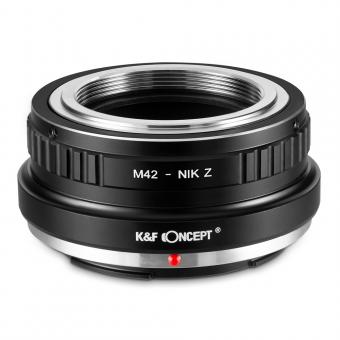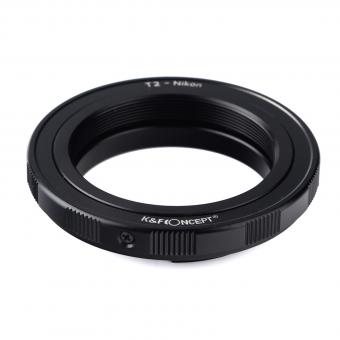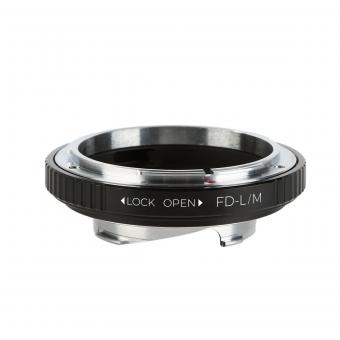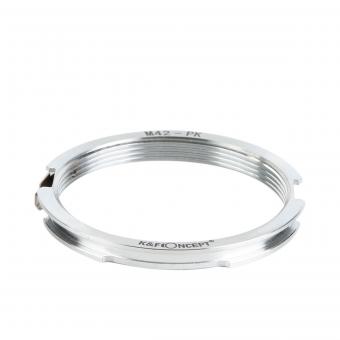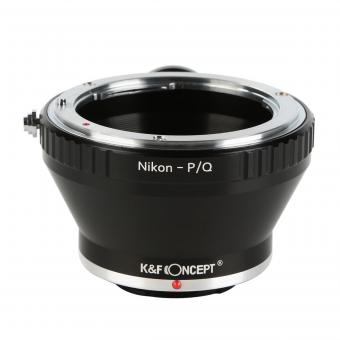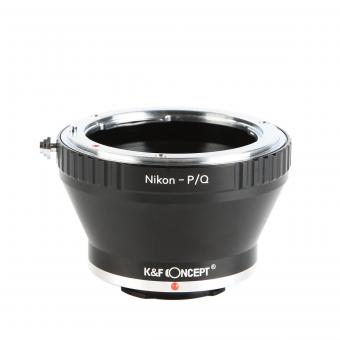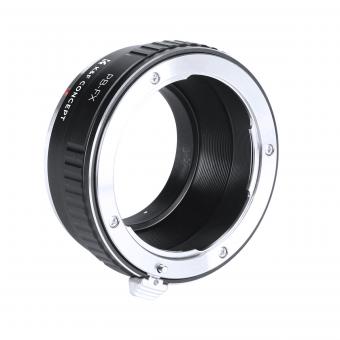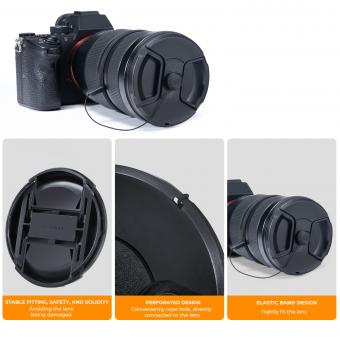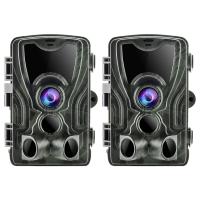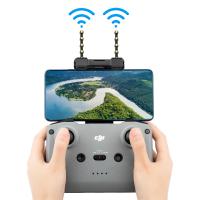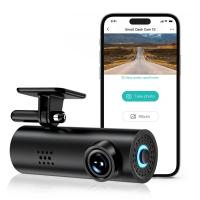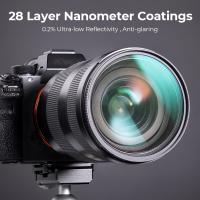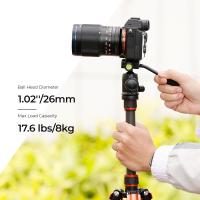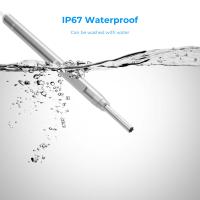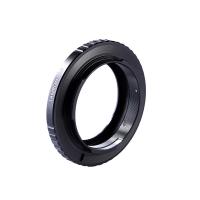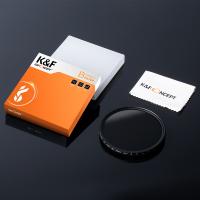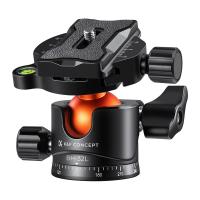Camera Can See Around Corners ?
Camera technology that can "see" around corners is known as non-line-of-sight imaging. This technique involves capturing indirect light reflections from objects that are not directly visible to the camera. By analyzing the scattered light, it is possible to reconstruct the shape and appearance of objects hidden from the camera's direct line of sight. Non-line-of-sight imaging has potential applications in various fields, including surveillance, search and rescue operations, and autonomous vehicles. Researchers are continuously working on developing and improving this technology to make it more practical and efficient.
1、 Non-line-of-sight imaging
Non-line-of-sight imaging, also known as "camera can see around corners," is a groundbreaking technology that allows cameras to capture images of objects or scenes that are not directly visible to the camera's line of sight. This concept has the potential to revolutionize various fields, including surveillance, autonomous vehicles, and search and rescue operations.
The basic principle behind non-line-of-sight imaging involves capturing indirect light reflections from hidden objects. By analyzing the scattered light patterns, sophisticated algorithms can reconstruct a 3D representation of the hidden scene. This technology has been primarily developed for static scenes, but recent advancements have made it possible to capture dynamic scenes as well.
One of the latest breakthroughs in non-line-of-sight imaging involves the use of artificial intelligence and machine learning techniques. Researchers have trained neural networks to analyze the complex light patterns and accurately reconstruct hidden scenes in real-time. This has significantly improved the speed and accuracy of non-line-of-sight imaging systems, making them more practical for real-world applications.
Moreover, advancements in hardware, such as faster and more sensitive cameras, have also contributed to the progress of non-line-of-sight imaging. These improvements allow for higher resolution and better quality images, enabling more detailed reconstructions of hidden scenes.
The potential applications of non-line-of-sight imaging are vast. In surveillance, it can help law enforcement agencies to see around corners and detect potential threats or monitor activities in hidden areas. In autonomous vehicles, this technology can enhance safety by enabling vehicles to "see" pedestrians or obstacles that are obstructed from direct view. Additionally, in search and rescue operations, non-line-of-sight imaging can aid in locating survivors in disaster-stricken areas or trapped individuals in collapsed buildings.
While non-line-of-sight imaging is still an emerging technology, the recent advancements in algorithms, artificial intelligence, and hardware have brought us closer to its practical implementation. With further research and development, we can expect to see this technology becoming an integral part of various industries, improving safety, efficiency, and overall capabilities.
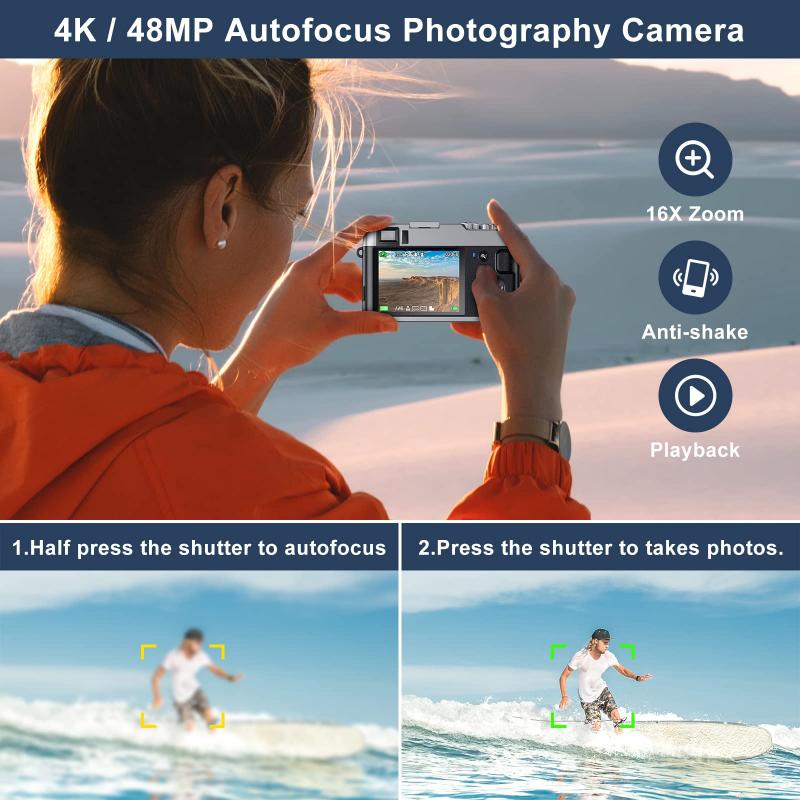
2、 Time-of-flight imaging
Time-of-flight (TOF) imaging is a technology that allows a camera to see around corners by measuring the time it takes for light to travel from the camera to an object and back. This technique utilizes the principle of light propagation and reflection to reconstruct the hidden scene.
TOF cameras emit short pulses of light and measure the time it takes for the light to return after bouncing off objects in the scene. By analyzing the time-of-flight data, the camera can create a depth map of the scene, revealing the shape and position of objects that are not directly visible to the camera.
This technology has various applications, including surveillance, autonomous vehicles, and robotics. For example, in surveillance, TOF cameras can be used to detect and track objects or individuals around corners or behind obstacles, providing enhanced situational awareness.
In recent years, there have been advancements in TOF imaging techniques, leading to improved accuracy and resolution. Researchers have developed algorithms that can reconstruct complex scenes with higher precision, allowing for more detailed imaging around corners. Additionally, the integration of TOF cameras with other sensing technologies, such as radar or lidar, can further enhance the capabilities of seeing around corners.
However, it is important to note that while TOF imaging has made significant progress, there are still limitations to consider. Factors such as the reflectivity of surfaces, ambient lighting conditions, and the distance of the hidden objects can affect the accuracy and reliability of the imaging.
In conclusion, TOF imaging enables cameras to see around corners by measuring the time it takes for light to travel. This technology has seen advancements in recent years, but there are still challenges to overcome. Nonetheless, TOF imaging holds great potential for various applications and continues to be an active area of research and development.

3、 Computational imaging
Computational imaging is a field that combines computer science and imaging techniques to enhance the capabilities of traditional cameras. It aims to overcome the limitations of conventional cameras by using advanced algorithms and hardware to capture and process images in new and innovative ways. One of the most fascinating applications of computational imaging is the ability to "see around corners."
Traditionally, cameras capture images by directly recording the light that enters the lens. However, this approach is limited to capturing only the light that is directly visible to the camera. Computational imaging takes a different approach by analyzing indirect light reflections and using algorithms to reconstruct hidden scenes.
To "see around corners," computational imaging techniques utilize the principles of light propagation and reflection. By analyzing the patterns of light that bounce off surfaces, algorithms can reconstruct the hidden scene and generate an image of what is out of the camera's direct line of sight. This breakthrough has significant implications in various fields, including surveillance, autonomous vehicles, and search and rescue operations.
The latest advancements in computational imaging have further improved the accuracy and speed of "seeing around corners." Researchers have developed sophisticated algorithms that can analyze complex light patterns and reconstruct high-resolution images in real-time. Additionally, advancements in hardware, such as high-speed cameras and powerful processors, have enabled faster and more efficient computational imaging systems.
While the ability to "see around corners" is still in its early stages, it holds immense potential for various applications. For example, in surveillance, it can help law enforcement agencies monitor hidden areas and detect potential threats. In autonomous vehicles, it can enhance safety by allowing vehicles to anticipate and react to objects or pedestrians hidden from direct view. Furthermore, in search and rescue operations, it can assist in locating survivors in challenging environments.
In conclusion, computational imaging has revolutionized the capabilities of cameras by enabling them to "see around corners." The latest advancements in algorithms and hardware have further enhanced this ability, opening up new possibilities in various fields. As research in computational imaging continues to progress, we can expect even more remarkable applications and advancements in the future.

4、 Photonics-based imaging
Photonics-based imaging is a rapidly advancing field that has the potential to revolutionize the way we capture and process images. One of the most exciting developments in this field is the concept of a camera that can see around corners.
Traditionally, cameras rely on direct line-of-sight to capture images. However, researchers have been exploring the use of photonics to develop imaging systems that can reconstruct objects and scenes that are hidden from view. This is achieved by analyzing the way light scatters and bounces off surfaces.
By using advanced algorithms and ultrafast lasers, these photonics-based imaging systems can measure the time it takes for light to travel from a source to a hidden object and then back to a detector. This information is then used to reconstruct a 3D image of the hidden scene.
The ability to see around corners has significant implications in various fields. For example, in search and rescue operations, a camera that can see around corners could help locate survivors in collapsed buildings or other hazardous environments. In the automotive industry, this technology could enhance autonomous vehicles' ability to detect and avoid obstacles that are not directly in their line of sight.
While the concept of a camera that can see around corners is still in its early stages, recent advancements in photonics-based imaging have shown promising results. Researchers are continuously refining the algorithms and hardware to improve the resolution and accuracy of these systems.
In conclusion, photonics-based imaging holds the potential to develop a camera that can see around corners. This technology could have a profound impact on various industries, from search and rescue to autonomous vehicles. Continued research and development in this field will undoubtedly bring us closer to realizing this groundbreaking capability.





